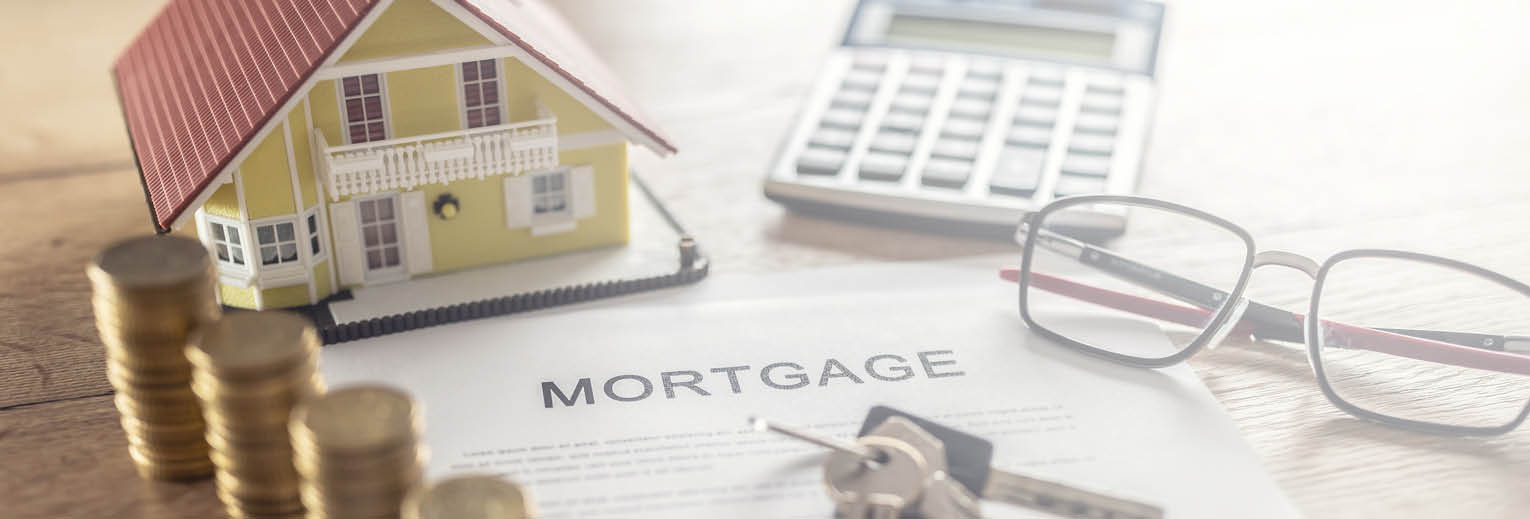At the time of writing, the sale price of the average home in Canada is over $800,000 and well over $1 million in major urban centres like Toronto and Vancouver. Let’s face it, if you have made the decision become a homeowner, you are going to have to take on some debt, and for a home purchase that debt has a special name – mortgage. The word itself has its roots in medieval French and means “death pledge”, one pledges collateral for money borrowed and the pledge ends (or dies) when the obligation is fully repaid. The lender takes security over the property and only releases that security when the mortgage is fully repaid. In the meantime, the lender has certain rights, mainly to retake the property, if there is a default in the payment of the loan.
There are several elements that go into the terms of a mortgage, and it is important to understand them when looking for a home and the mortgage to go with it as they will affect the total cost of borrowing over the term of the loan.
Down Payment and Principal
The down payment is the amount of your own money that you are putting towards the purchase of your home. Once qualified, the lender would deduct the down payment from the total purchase price and lend you the rest as the principal amount of the loan. Depending on the purchase price there may be a minimum required down payment and a down payment of less than 20% of the purchase price will increase the cost of borrowing as you will be required to purchase insurance on your mortgage.
Interest Rate
Interest is the fee you pay the lender on the money you borrow. Lenders set rates in relation to the Bank of Canada’s lending rate, their profit targets and their perception of borrower risk. Typically, mortgage rates are some of the lowest rates a bank lends at as in general risk is low, but the rate any individual may be offered depends on their credit rating, income, home value and other factors the bank may consider as part of their due diligence. Lenders do compete on their rates, so it pays to shop around. The higher the rate, the more you will pay over the term of a mortgage in total interest. At equal rates of interest, the more you borrow, the more you will also pay in interest over the life of the mortgage.
Fixed vs Variable
An interest rate may be fixed or variable. Fixed means that over the term period, the rate will not change. That may mean a higher rate of interest initially, if a lender envisions that rates will rise over the term. It also means you are guaranteed that the rate and therefore your payments will not change over the term. A variable rate is that the rate is indexed to a specific rate like Bank of Canada prime or the bank’s reference lending rate and the rate you pay may rise and fall with fluctuations in interest rates. This may affect how much of your payment goes towards servicing interest, versus paying down principal.
Amortization Period and Term
A standard amortization period is 25 years but depending on certain factors it may be longer or shorter. This is the time period that you have to repay the amount borrowed. The term is the period of time that the lender agrees to a rate of interest (fixed) or the rate above the floating reference rate (in a variable rate) before the terms of the mortgage are renegotiated. Terms can range from a few months to 5 years. Lenders will offer different rates corresponding to different terms based on how they have forecasted future interest rate changes, to benefit themselves. The rate and term combination that works for best for you is usually dependent on your budget in terms of over all monthly payment and your outlook in terms of future interest rate changes.
Lenders may also have other terms built into their mortgages such as penalties, balloon payments, minimum term. If you do not understand something it is always best to have it explained. If you are going to work with a mortgage broker, make sure that you trust them as an advisor.
